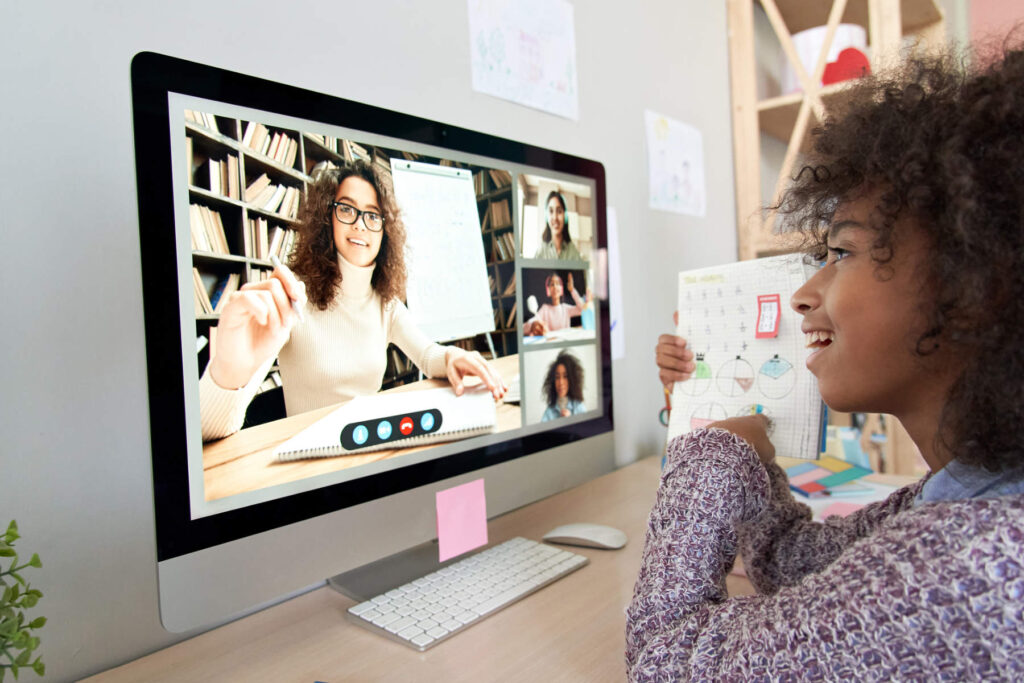

Inclusive design in education refers to the intentional creation of learning experiences, materials, and environments that accommodate the diverse needs of all learners. Rather than retrofitting content for specific disabilities, inclusive design aims to make learning universally accessible from the start. This approach benefits not just students with disabilities but also English language learners, neurodivergent students, and those facing temporary challenges like illness or technical limitations.
In the context of digital learning, inclusive design includes thoughtful layout choices, adaptable content formats, and consideration for various modes of interaction. As classrooms become increasingly diverse and technology-dependent, educators are now more responsible than ever for designing content that is accessible, engaging, and equitable.
To design inclusively, educators must first understand the common barriers learners encounter. These include:
By identifying these obstacles early, educators can proactively design around them, creating materials that reduce frustration and enhance student success.
Building inclusive content doesn’t require advanced technical skills—it starts with awareness and consistent application of best practices. Here are a few starting points:
In addition, regularly testing your content with accessibility tools (like WAVE or Axe) can help identify overlooked issues that affect usability.
When students feel that a course is built with their needs in mind, they are more likely to engage with it. Inclusive design fosters a sense of belonging and trust—students don’t feel like an afterthought, but rather an integral part of the learning community.
Even small changes can make a large impact. For example, providing slide decks ahead of time allows students with anxiety or slower processing speeds to prepare at their own pace. Allowing for flexible assignment formats (like video reflections instead of essays) can also support diverse expression.
Inclusion is not a one-time checklist—it’s a mindset. Educators should strive to embed inclusive practices into their regular workflows. The good news is that once these habits are formed, they not only improve accessibility but often lead to clearer, more engaging content for everyone.
By committing to inclusive design, educators become agents of change—advocating for all students to access, engage with, and thrive in the learning process.
Discover more stories and insights that align with your interests. These handpicked articles dive deeper into accessible learning, inclusive education, and tools to empower your teaching journey.